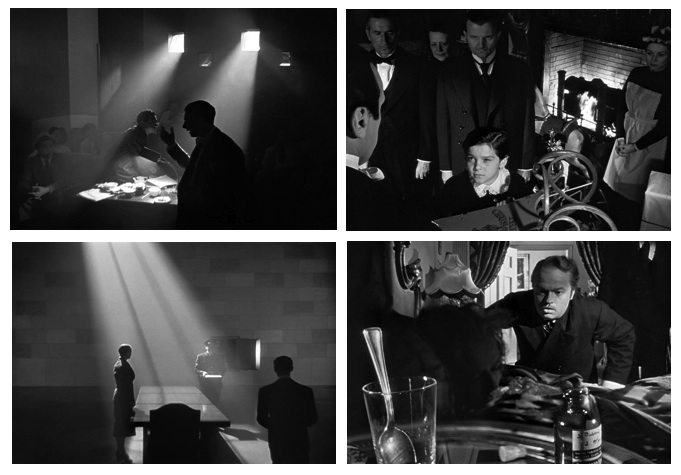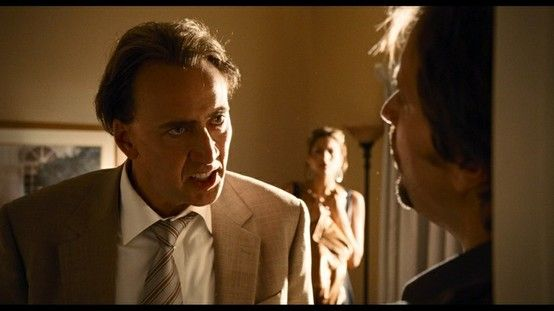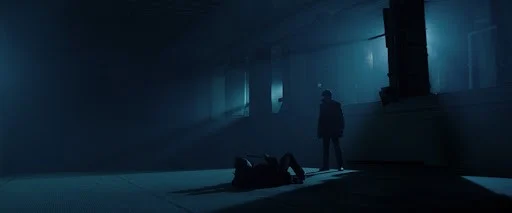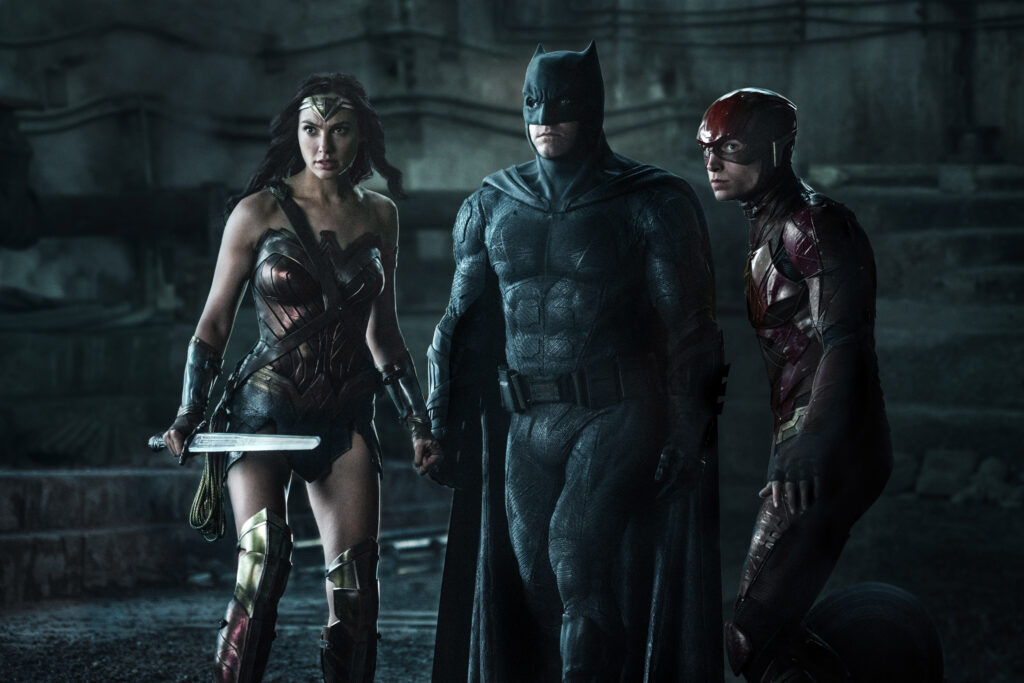Cinema lighting is one of the most important and intricate aspects of film production. In order to accentuate certain emotions, establish a certain mood, atmosphere, and mould the story, Film lighting techniques are often used in manipulating light and shadow. Lighting can change a scene and transport viewers, from the harsh, bright lights of an emergency room to the soft, warm glow of a sunset.
In film production, lighting serves various roles beyond merely illuminating the scene. It can improve the film’s visual appeal, help establish a sense of place and time, and even influence how the audience interprets the plot.
Cinema lighting techniques are a vital tool for filmmakers to create a cinematic experience that is both aesthetically appealing and emotionally engaging. Let’s examine the various ways that lighting is essential to filmmaking in this article


Film Lighting determines the tone and mood of the movie.
Cinema lighting techniques are a potent tool to set the tone and mood of a scene. A low-key lighting design with deep shadows, for instance, can evoke tension and suspense, whereas a bright, high-key lighting setup can evoke a more positive and optimistic mood.
Filmmakers can sway the audience’s emotions and draw them into the narrative by utilising various lighting arrangements.

Lighting can emphasize key elements
Film lighting can be used to draw attention to specific objects or characters in the scene. For example, a spotlight on the protagonist can make them stand out from the background and create visual interest. By using lighting in this way, filmmakers can emphasize important elements of the scene and guide the audience’s focus.

Lighting can reveal character
Moreover, lighting can be employed to illuminate a character’s motives and characteristics. For example, a gloomy lighting setting might generate a sense of mystery and danger around a character, while a soft, diffused lighting setup can convey a sense of vulnerability. By using lighting to create visual cues, filmmakers can provide insight into a character’s inner world.

Lighting can convey space and time
The use of light can be integral to how a space is portrayed. For an example, a dreary sewer or an underground passage could be dimly lit to pronounce claustrophobic sensations. Time could also be expressed with bright golden white light signifying the suns most intense time such as a hot afternoon or a dim, cool, blue light could be used to create twilight or dusk times. These cues often communicate important information in a film to the audience


Lighting can alter the visual style of the film
Contemporary film directors use light and visual aesthetics to give the film an underlying look and feel. The best example would be Zack Snyder who has an undertone of noir, gritty elements to his film. Lighting plays a huge part in this to highlight this visual aesthetic that gives the director his own signature look. This is an essential element to distinguish their work from other movies.

Lighting can be used to add depth and contrast.
Cinema lighting techniques help to convey a visual language that is understood by its viewers. One of the coolest techniques used is the light and shadow contrast. It is used throughout the spectrum of film, from commercials to real cinema.
A higher contrast often is associated with secretive, anxious feelings. While a lower contrast lighting tends to be more enjoyable and folly. This gives the picture the depth it needs to look amazing.

Lighting can be used to hide imperfections
Lighting has the ability to conceal flaws or present a more attractive image, which can improve the film’s overall aesthetic. For instance, soft, diffused lighting can assist an actor’s face appear more polished by minimizing wrinkles or other flaws.

Lighting can be used to create special effects
A variety of special effects that can improve the film’s visual style can be produced using lighting. For example, employing coloured gels or diffusers may produce a distinctive, styled effect that adds visual interest and dimension to the picture.
An example of this would be creating a fire effect with flashing red, yellow and orange lights in conjunction with smoke. The lightning affect also is a hot favourite when used with a rainmaker. Flashes of white lights with the background of rain and sound affects will give the exact look of lightning.

Conclusion
Cinema lighting techniques are a critical part of filmmaking that may make or break a film. It plays a vital role in creating the mood and atmosphere of a scene, emphasizing the emotions of the characters, and shaping the narrative. Without good lighting, a film might fall flat and fail to connect with its viewers. Filmmakers must pay careful attention to lighting to create a cinematic experience that is both visually stunning and emotionally impactful.
Check out our blog on Sound in film.
Check out Cameras used in Film